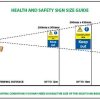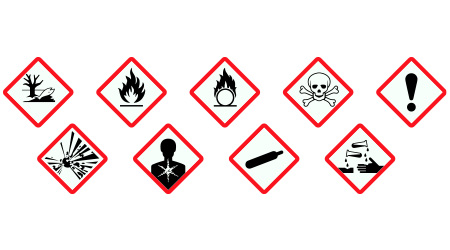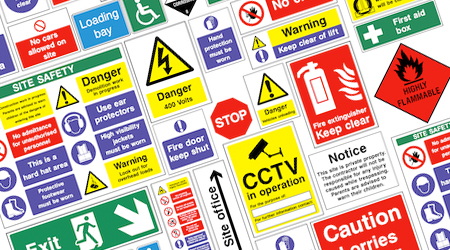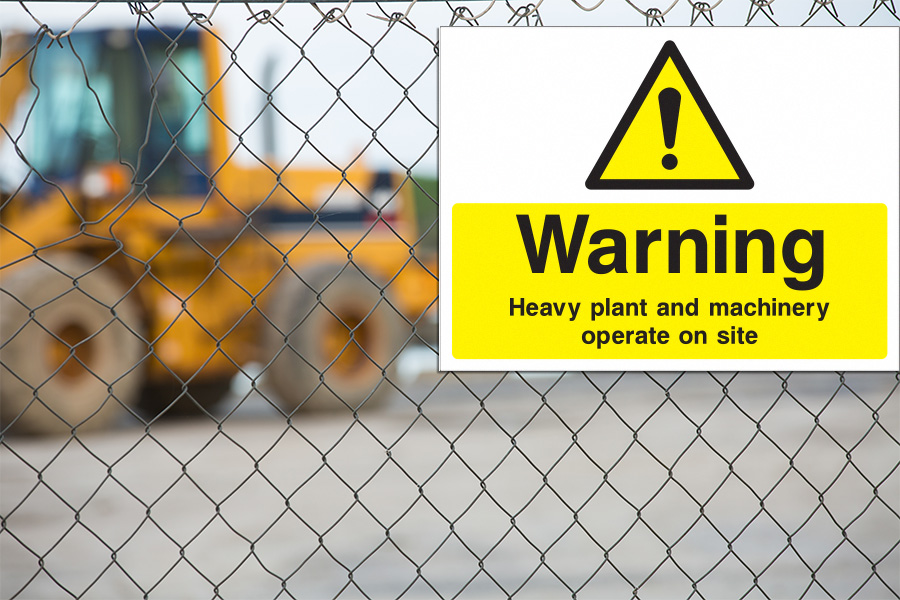Construction Traffic Management
Construction sites can be chaotic environments with a lot of moving parts. One aspect that requires special attention is construction traffic management. Proper management of pedestrian and vehicle movements at a site can help prevent accidents and improve the overall efficiency of the construction project. In this blog post, we’ll explore the importance of construction traffic management and provide tips for a successful management plan in accordance with UK Legislation and British Standards.
The Importance of Construction Traffic Management
Construction sites can be dangerous places, especially when it comes to construction traffic. Vehicles such as cranes, trucks, and excavators can pose a significant risk to both workers and the general public. In addition, poor traffic management can lead to congestion, delays, and increased costs.
Proper management is not only a legal requirement, but it is also essential to ensure the safety of all personnel and the public. Failure to implement an effective traffic management plan can result in serious accidents, fines, and legal action.
Tips for a Successful Management Plan
Conduct a Site Assessment
Before developing a traffic management plan, it’s essential to conduct a site assessment to identify potential hazards and risks. This assessment should take into account the layout of the site, the location of buildings, and any existing infrastructure. This will help to identify potential bottlenecks, hazards, and potential risks.
Plan Traffic Routes
Once the site assessment has been completed, the next step is to plan the traffic routes. This includes the entry and exit points, the flow of traffic, and the location of parking and loading areas. This should be done in accordance with British Standard BS 6164:2019 Code of Practice for safety in tunnelling in the construction industry, which outlines the minimum requirements for traffic management plans.
Implement Traffic Control Measures
The next step is to implement traffic control measures to manage the flow of traffic. This includes signage, barriers, and traffic lights. All traffic control measures should meet the requirements set out in the Traffic Signs Regulations and General Directions 2016.
Train Personnel
All personnel working on the site should be trained in construction traffic management procedures. This includes understanding the traffic routes, traffic control measures, and emergency procedures. Training should be in accordance with the Construction Skills Certification Scheme (CSCS) and the Construction Plant Competence Scheme (CPCS).
Regularly Review and Update the Plan
A construction traffic management plan is not a one-time exercise. It should be regularly reviewed and updated as the project progresses. This will ensure that the plan remains effective and relevant throughout the construction project.
In conclusion, construction traffic management is a critical aspect of any building project. Proper management can help prevent accidents, improve the efficiency of the project, and ensure compliance with UK Legislation and British Standards. By conducting a site assessment, planning routes, implementing traffic control measures, training personnel, and regularly reviewing the plan, a successful construction traffic management plan can be developed and implemented.
Products from EU Signs Online Safety Sign Shop:
- Fire Action Plan Sign with Do Not List
- NO TIPPING OR DUMPING SIGN
- Project Manager Office Door Sign
- NO ACCESS FOR UNAUTHORISED PERSONNEL SIGN
- NO ADMITTANCE TO UNAUTHORISED PERSONNEL SIGN






